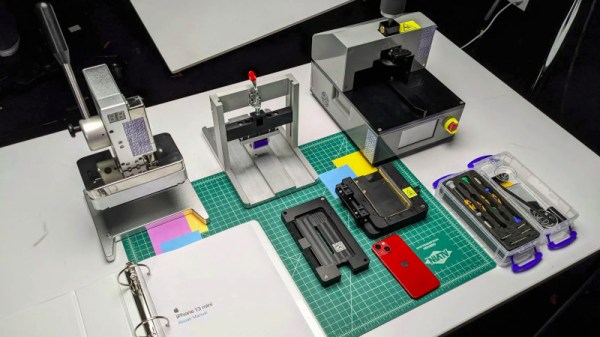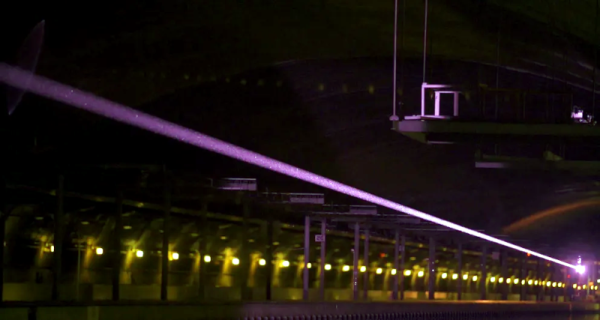Some of the hacks we see make us wonder why they aren’t already a commercial product, and this electric toothbrush turned rechargeable flashlight is one of them. Sure, these things exist, but we haven’t seen one with a dedicated charging stand. They usually just take micro USB or whatever, so it’s on you to remember to plug it in. How great would it be to have a fully-charged flashlight always at the ready, especially one in a position to illuminate the room? Although [wannabemadsci] makes it look easy, this conversion took quite a bit of doing.
Perhaps the most amazing part is that [wannabemadsci] found a halfway decent flashlight at the dollar store. Better than average, this thing has a main light, a side light, and takes 3xAAs instead of a couple of AAAs. The only issue is that the toothbrush batteries don’t quite put out enough voltage for the flashlight’s LED, so [wannabemadsci] used a booster board.
Of course, there’s a lot more to this hack than sawing off the USB connector from the boost converter so it fits. The toothbrush handle had to be modified to accept the flashlight guts, and the threads relocated from the flashlight. Since the battery charge indicator shines through the momentary button on the toothbrush, [wannabemadsci] wanted to reuse it, but it required a small board that converts it to a latching push button. Finally, the flashlight bezel had to be painted white. Paint is such an easy thing to do, and this detail makes all the difference in how professional this looks.
There’s a lot you can do with a functioning electric toothbrush as your base, like brute-forcing the pins of a lock with vibration.















